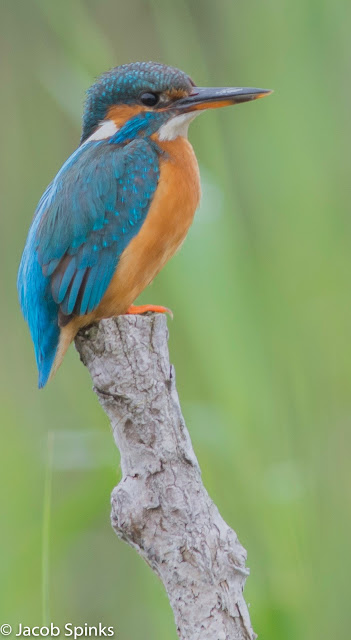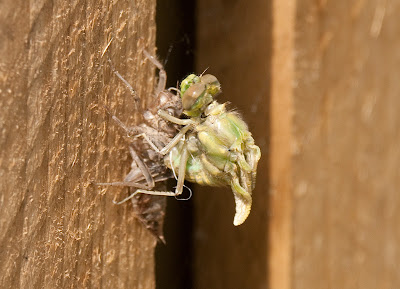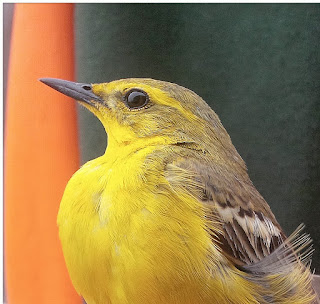Hello
The residents of the villages of Blisworth and Milton Malsor directly to the south of Northampton are engaging in a battle to prevent arable land between the two villages being swallowed up in the production of a rail interlink site. This includes the construction of yet more giant warehouses on the Northamptonshire landscape and vast areas of concrete which in total size has been equated to 125 football pitches.
The action group would welcome experienced naturalists to complete surveys of the affected land but don't feel confident in their abilities to properly assess the local bird life. Should you be able to assist or provide some tuition to members of the group they would be most grateful and we have contact details accordingly.
For more general details please visit:-
www.norailinterchange.co.uk
Regards
Neil M















































